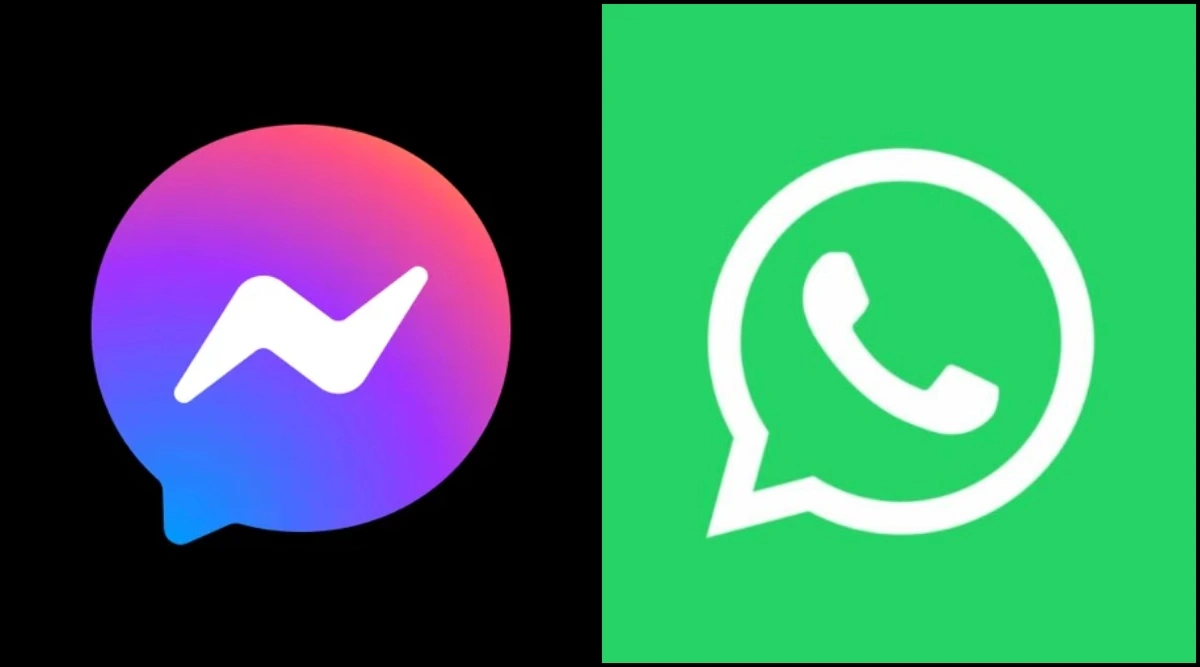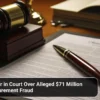Australia’s new under-16 social media ban is set to take effect on December 10, 2025. The law targets platforms like Facebook, Instagram, TikTok, Snapchat, X, YouTube, Reddit, and Kick. These platforms must prevent Australians under 16 from creating or holding accounts. Companies that fail to comply face fines up to A$50 million.
Exempt Platforms Still Pose Risks
Messaging apps such as WhatsApp and Messenger remain exempt. Online gaming services like Roblox are also excluded. The government defines exempt platforms as those primarily for messaging, voice or video calls, online gaming, health, education, or professional development. However, eSafety Commissioner Julie Inman Grant warns that even exempt platforms are not safe for children. She says, “Online platforms can exert chilling control over children. We are mandating that they employ sophisticated technology to safeguard them”.

WhatsApp and Messenger remain exempt from the ban
Ban Aims to Protect Children’s Well-being
The ban aims to shield children from harmful design features in social media. These features encourage excessive screen time and expose children to damaging content. The restriction gives children time to mature away from “powerful, unseen influences of opaque algorithms and endless scrolling,” says Inman Grant. The government believes the risks of social media, such as cyberbullying, harmful content, and online predators, outweigh the positives.

Julie Inman Grant, Australia’s eSafety Commissioner
Government and eSafety Support for Families
The government and eSafety Agency have launched a campaign to prepare families for the ban. Resources include checklists, conversation starters, and webinars for parents. The aim is to help children transition smoothly away from social media accounts. Inman Grant advises parents to explore eSafety’s website for detailed information and assistance.
Enforcement and Compliance
Social media companies must prevent underage users from creating new accounts. They must deactivate existing under-16 accounts by December 10. Platforms must report on user age data and the accuracy of age-checking technologies. Governments stress the importance of systemic compliance over flawless age detection. Tech companies are developing features to allow underage users to download and save their data before disabling accounts.
Challenges and Criticisms
The law faces criticism and practical challenges. Some experts warn it could push young people into riskier, less regulated online spaces. Critics highlight the difficulty of enforcing age verification with current technology. There are concerns that banned platforms might not fully curtail harmful content or manipulative algorithms.
International Interest and Influence
Australia’s ban has attracted global attention. Other nations watch closely to assess the policy’s impact on child online safety. Denmark plans to push for similar protections during its presidency of the Council of the European Union, citing Australia’s approach as a model.
Commissioner’s Closing Remarks
Julie Inman Grant calls the ban a “significant milestone” for children’s safety online. She acknowledges that the law is not perfect but insists it is necessary. The focus includes supporting children in their development away from social media pressures well into their teenage years, ensuring their online experiences are safer and healthier.
Also Read: One Simple Error Could Cost Sydney Resident $20 Million Oz Lotto Prize
Details of the Ban
The law introduces a mandatory minimum age of 16 for accounts on certain social media platforms. It will take effect by December 2025. Parents cannot give consent to let under-16s use these platforms. Apps like Messenger Kids, WhatsApp, Kids Helpline, Google Classroom, and YouTube Kids are expected to not be part of the ban.
Impact on Young Users
The ban means children under 16 will no longer be able to have their own social media accounts. Kids of all ages will still be able to scroll through content without logging into an account, if the platform offers that capability. They won’t be able to post, comment, or message other users. There will be no fines or penalties for young people and their families if they gain access to age-restricted platforms. The tech companies will face potential penalties instead.
Ongoing Monitoring and Adjustments
The list of affected platforms is dynamic. The government will continue to evaluate and adjust the scope of the ban over time. The law is designed to give the government flexibility to expand or narrow its scope as needed.
Australia’s under-16 social media ban is a world-first effort to protect children. However, as Julie Inman Grant reminds, exempt platforms still require vigilance. The ban aims to curb harm while recognising the ongoing challenges in safeguarding young people in a complex digital world. Parents and platforms alike face new responsibilities in this evolving landscape.












